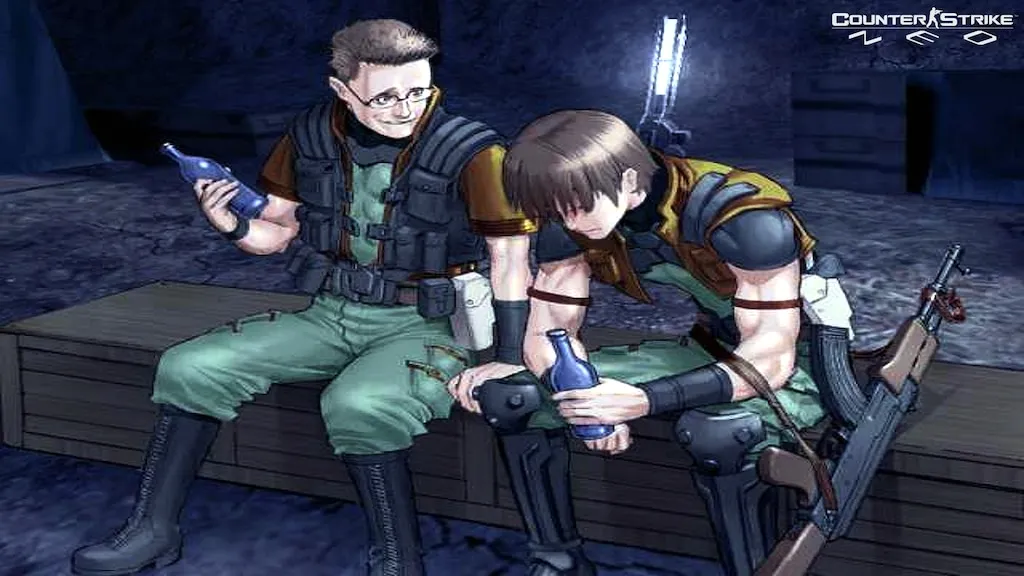History
A brief story of how Counter-Strike NEO attempted to captivate the Japanese market over the rising popularity of the titular Counter-Strike series.
A GAME TO CONNECT
In 2005, Counter-Strike NEO started off as a solution to the stagnant network gaming issue due to the lack of immersive titles, particularly First-Person Shooters (FPS) in Japan.
Four years ago, Namco Bandai’s then-project manager Tetsuo Tsuchiya longed to emulate the success of competitive gaming from the US but due to limited budgets, he avoided wasting resources on developing a title when there are so many competitors. Instead, he focused on Counter-Strike after noticing its rising popularity.
After obtaining the license from Valve Software to promote the game in Japan, Counter-Strike NEO was born.
TOO VIOLENT
But there was a problem. Counter-Strike was considered too “gritty” or “violent” by Japanese standards. Balaclava-clad muscle men with grim faces just didn’t belong in a culture of kawaii, or cutesy. Therefore the whole design was transformed into the cyborg-ish futuristic anime-like artwork.
Similarly, Tsuchiya concluded that Japanese gamers wouldn’t fancy the iconic “TERRORISTS WIN” or “BOMB HAS BEEN PLANTED” radios so major overhauls were made, by replacing the Counter-Terrorist and Terrorist factions with NEO and CSF (Cosmopolitan Special Forces) respectively. The main announcer was also voiced by a female as well.
LINUX-ONLY
As Internet cafes were very popular, NEO ran on standard 5-versus-5 back-to-back Linux machines in exclusive LEDZONE cafes scattered around Tokyo. Unlike the traditional setting, the machines had LEDs with changing colors and seats with built-in speakers to provide some degrees of immersion. Account progresses were saved to game cards which complemented the existing pay-as-you-go business model.
LEDZONE servers also collected random data from all online machines in order to provide customized service to the customers. For example, players that often camped were adviced by the staffs to camp less and start hunting more often.
UPDATES AND PATCHES FROM NAMCO
Another interesting note was that Counter-Strike NEO’s development team (Namco Bandai) oversaw the data collected from the LEDZONE servers in order to respond to gameplay patterns and feedback. AWP being used too often? No problem, Namco then released a future patch which adjusted the price a little higher. Those aware of the notorious Dynamic Weapon Pricing, this was basically an expanded version.
To further appeal to the audiences and maintain retention, Namco introduced single-player missions and mini-games and completing them rewarded players special prizes, in addition to in-game events aligned with various holidays and seasons.
With that said, ranked matchmaking and community behaviors played major roles the games business model. Karma acted as the “currency” which players gave cash and compliments to others willingly, all tracked by the servers.
Bad sportsmanship, such as camping and intentionally killing teammates typically came with warnings, failure to which escalated to more drastic actions like being made visible on the map radar. All of these measures helped foster a less toxic gaming environment.
THE CLOSURE
A few years down the road, the interest for Counter-Strike NEO gradually waned and it became clear its days were numbered. Finally, Namco shut down the game servers on February 1st, 2010.





